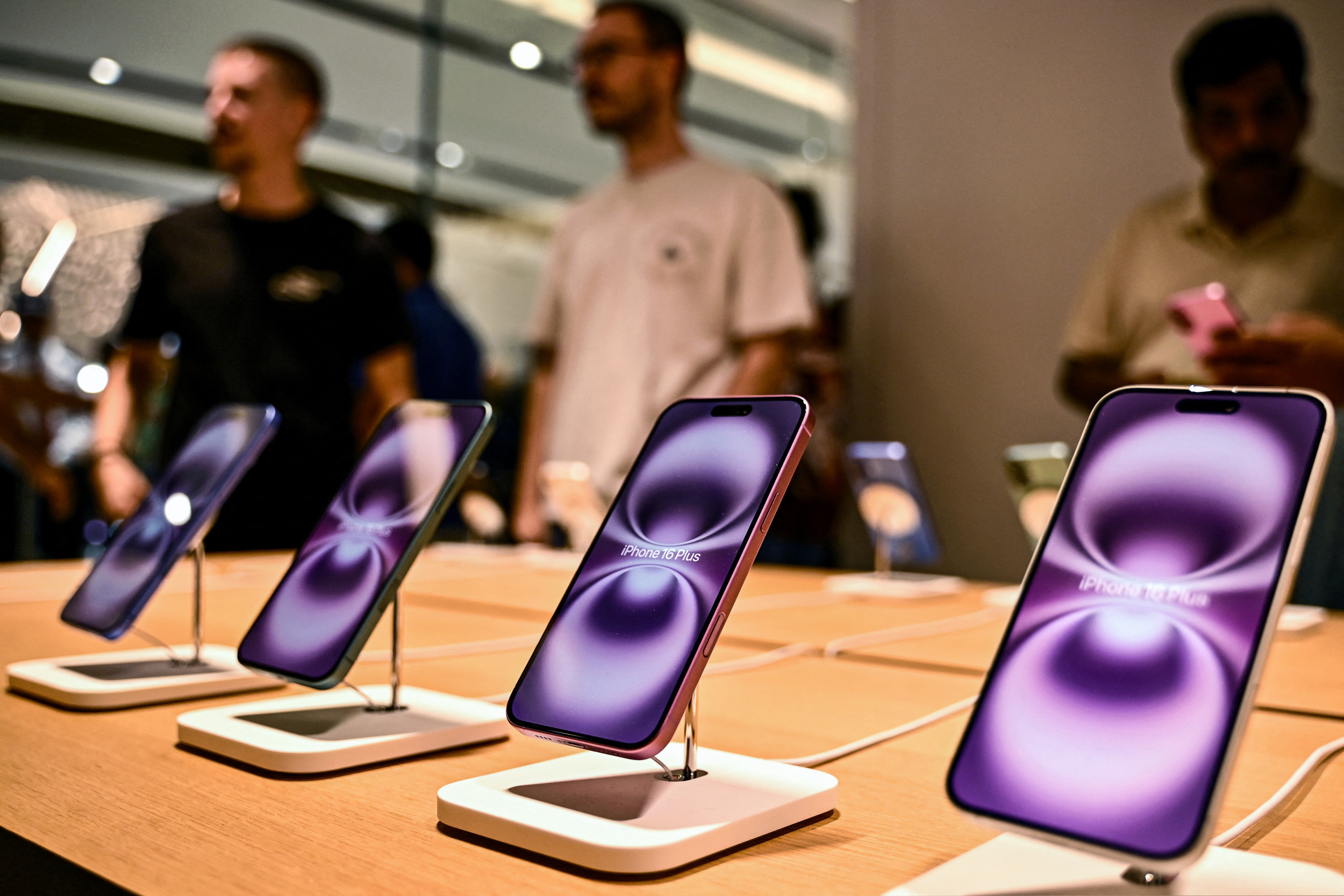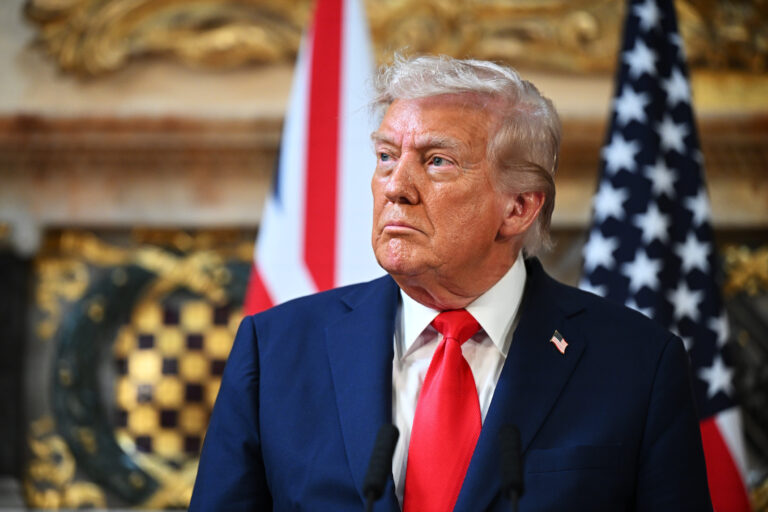
Apple is set to unveil the iPhone 17 lineup at its Cupertino headquarters, but the most consequential factor for consumers may be the potential price hike stemming from President Donald Trump‘s tariff policies.
While the tech giant attempts to dazzle with new features like the ultra-thin iPhone Air and a yet-to-be-fulfilled AI overhaul of Siri, looming trade tensions between the U.S. and China threaten to drive up production costs, costs that may ultimately fall on American buyers.
Newsweek contacted Apple for more information on the new products outside of normal working hours.
Why It Matters
The iPhone remains Apple’s most critical product, and pricing adjustments can ripple through global markets. This year’s launch marks the first under Trump’s renewed White House tenure, during which he has escalated tariff threats on Chinese-made goods.
Trump’s push to relocate tech manufacturing to the U.S. has collided directly with Apple’s global supply chain, which is still largely based in China and, more recently, in India. As a result, Apple faces a 25 percent import duty on iPhones shipped into the U.S., a penalty that could raise prices significantly unless absorbed by the company or mitigated by shifting production.
What To Know
However, Apple’s showcase is shadowed by external pressures. Tim Cook, Apple’s CEO, has tried to buffer against the cost impact by expanding manufacturing operations in India and flying large shipments of iPhones into the U.S. before tariffs take effect.
Cook has also attempted diplomacy, pledging $600 billion in U.S. investment commitments since Trump’s re-election and even presenting the president with a statue featuring a 24-karat gold base.

Getty Images
Still, analysts believe Apple may implement its first across-the-board price hike in five years, with some models increasing by $50 to $100.
Since 2020, Apple has charged $800 for the base iPhone model and $1,200 for its high-end variant. The tariff-related increase could raise those figures considerably.
Dan Ives, global head of technology research at Wedbush Securities, told Newsweek that the cost of a modern iPhone manufactured in the U.S. would be around $3,500.
In 2018, investor Glenn Luk predicted that moving the entire production of an iPhone to the U.S. would raise prices to the “$30,000 to $100,000” range. His reasoning was that the skillset of American workers is drastically different to those in tech export countries, and that there would not be the workforce necessary to mass produce iPhones if they were brought to the U.S. alone.
This sentiment was shared by Cook, who said in a 2018 interview that common preconceptions about China being a tech hub due to cheap labor was outdated, as their workforce was more trained for the iPhone production line needs.
What People Are Saying
Dan Ives, global head of technology research at Wedbush Securities, told Newsweek: “If consumers want a $3,500 iPhone we should make them in New Jersey or Texas or another state. The concept of making iPhones in the U.S. is a non-starter in our view at $1,000.
“Price points would move up so dramatically it’s hard to comprehend and the near-term margin impact on Apple’s gross margins during this tariff war could be mind boggling for this U.S. tech stalwart.”
Apple CEO Tim Cook said in 2018: “There’s a confusion about China… the popular conception is that companies come to China because of low labor cost. China stopped being the low labor cost country many years ago and that is not the reason to come to China from a supply point of view
“The products we do require really advanced tooling. And the precision that you have to have in tooling and working with the materials that we do are state-of-the-art. And the tooling skill is very deep here. In the U.S. you could have a meeting of tooling engineers and I’m not sure we could fill the room. In China you could fill multiple football fields.”
What Happens Next
Apple’s pricing announcement will signal how much of the tariff burden the company plans to absorb—and how much it will pass on to consumers. Industry observers will also be watching whether Apple’s production shift to India can scale fast enough to avoid future tariffs, or if additional price hikes loom in 2026.




